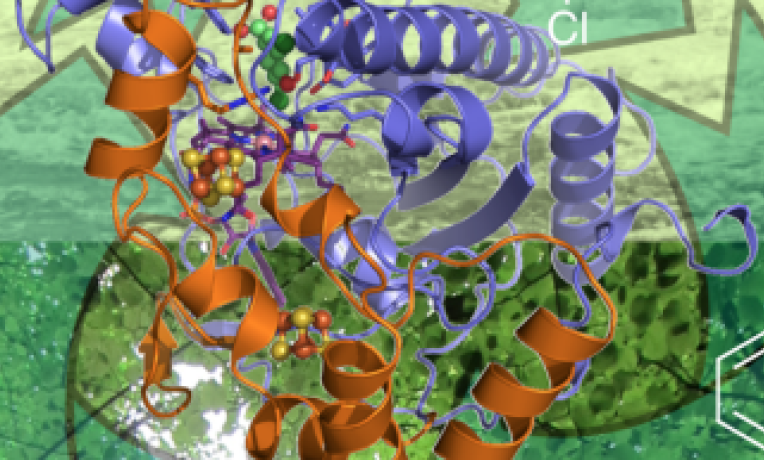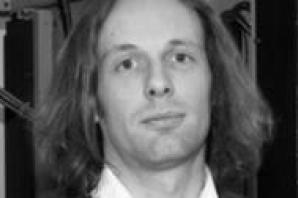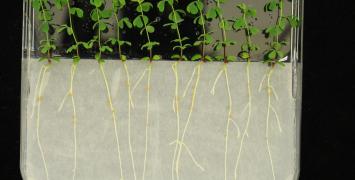Major breakthrough could help detoxify pollutants
Scientists at the University of Manchester (UK) hope a major breakthrough could lead to more effective methods for detoxifying dangerous pollutants like PCBs (polychlorinated biphenyls) and dioxins. The result is a culmination of 15 years of research and has been published in Nature on 19 October. It details how certain organisms manage to lower the toxicity of pollutants.

Written in cooperation with University of Manchester (UK)
The team at the Manchester Institute of Biotechnology (MIB) were investigating how some natural organisms manage to lower the level of toxicity and shorten the life span of several notorious pollutants.
Professor David Leys explains the research: “We already know that some of the most toxic pollutants contain halogen atoms and that most biological systems simply don't know how to deal with these molecules. However, there are some organisms that can remove these halogen atoms using vitamin B12. Our research has identified that they use vitamin B12 in a very different way to how we currently understand it.”
He continues: “Detailing how this novel process of detoxification works means that we are now in a position to look at replicating it. We hope that ultimately new ways of combating some of the world’s biggest toxins can now be developed more quickly and efficiently.”
It has taken Prof. Leys 15 years of research to reach this breakthrough, made possible by a dedicated European Research Council (ERC) grant. The main difficulty has been in growing enough of the natural organisms to be able to study how they detoxify the pollutants. The team at the MIB were finally able to obtain key proteins through genetic modification of other, faster growing organisms. They then used X-ray crystallography to study in 3D how halogen removal is achieved.
The main drive behind this research has been to look at ways of combatting the dozens of very harmful molecules that have been released into the environment. Many have been directly expelled by pollutants or from burning household waste. As the concentration of these molecules has increased over time their presence poses more of a threat to the environment and humanity. Some measures have already been taken to limit the production of pollutants, for example PCBs were banned in the United States in the 1970s and worldwide in 2001.
Professor Leys says: “As well as combatting the toxicity and longevity of pollutants we’re also confident that our findings can help to develop a better method for screening environmental or food samples.”
He continues: “I am pleased to have been supported by an ERC grant in the last five years. This long-term funding has been crucial in reaching today’s results on understanding pollutant removal by certain microbes”. He adds: “This discovery is a great example of how the ERC promotes excellent work in the field of biochemistry”.






